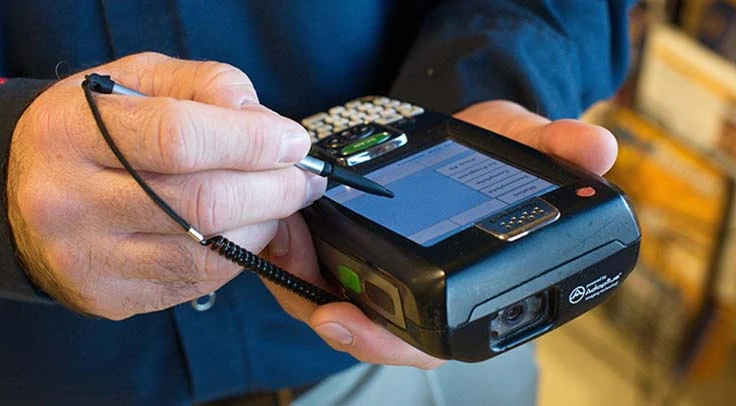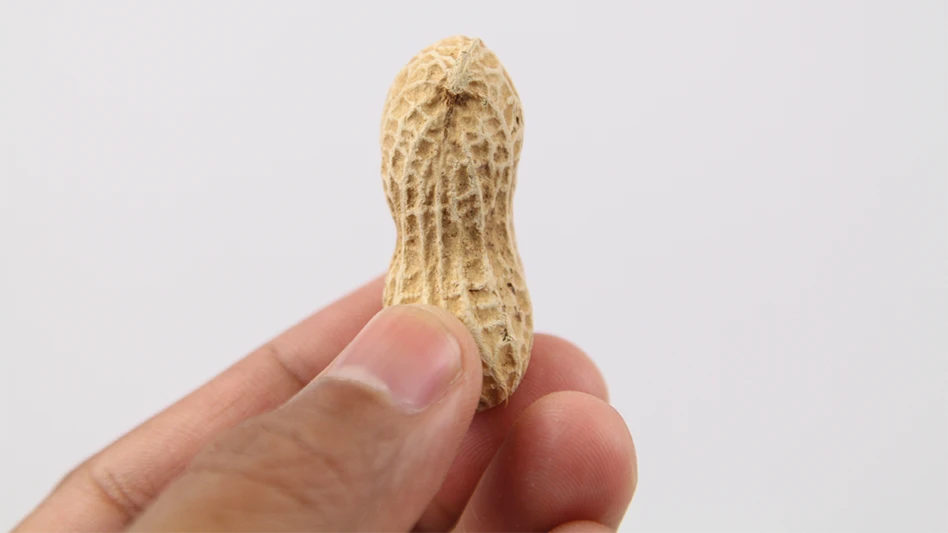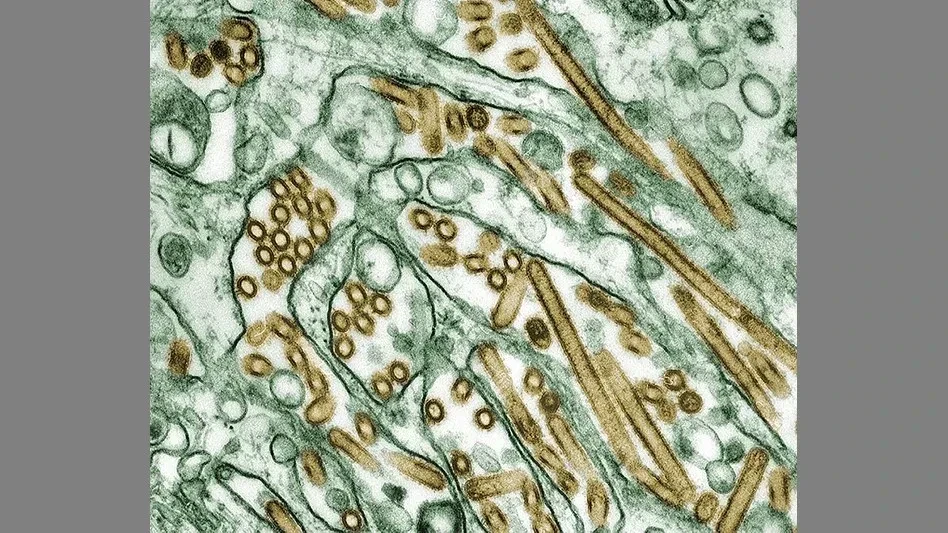
Editor's note: The following article appeared in the recent e-blast Special Report: Technology in IPM, sponsored by McCloud Services. That -e-newsletter contains a variety of articles that addresses technology is changing, and improving, how service professionals do their job.
But let's take a step back and discuss "IPM." As defined by the National Pest Management Association, "Integrated Pest Management is a process involving common sense and sound solutions for treating and controlling pests. These solutions incorporate three basic steps: 1) inspection, 2) identification, and 3) treatment. Treatment options vary from sealing cracks and removing food and water sources to pesticide treatments when necessary." Or, consider the explanation of UC Davis: "IPM is an ecosystem-based strategy that focuses on long-term prevention of pests or their damage through a combination of techniques."
It is precisely the three steps and the combination of techniques that make IPM programs beneficial and specific to each food or beverage processing plant. Instead of being a one-size-fits-all package, IPM programs are customized to each customer. In providing IPM, the technician takes the environment, facility, practices, history, requirements – and even employee culture – of each specific business into consideration, to provide service and make recommendations that go well beyond the old days of basic trap and spray.
So how does technology improve IPM? It simplifies the technician/plant communication and access to service information, providing electronic tools for inspection, identification, and treatment, as well as navigation, documentation, and communication – all of which benefit the customer through enhanced efficiency and efficacy of each service, as well documentation for compliance with the new recordkeeping requirements of the Food Safety Modernization Act. (See Pest Control as a Preventive Control.)
In any pest management service – whether it is a first call on a new account, a regular service visit, or even an extra call between regular services – the first step is always inspection. This is important in determining if there are any existing pest infestations (or validating pest presence of an extra service request); pinpointing the location; assessing pest-conducive conditions and potential entry points; and developing an action plan. While the need for inspections is not new, today's enhanced inspections involve the integration of documentation, tracking, and assessment – all of which is made easier through technology. Enhanced inspections also fit into the trend for program customization, which has been driven by both the pest management industry and the food industry.
GPS and Other Technologies. To be valuable to IPM, technologies can be as universal as GPS or as industry-specific as a pest identification app. For example, GPS is not a new technology, but it is continually being applied to new applications. It has become very common for pest management companies to install the technology in service vehicles or on company-provided smartphones or tablets, for navigation as well as the logging of travel and as a routing resource for enhanced productivity. The technology also has been used within the service itself for such operations as the remote monitoring of wildlife traps, which has been beneficial to companies that need to monitor bulk grain storage. Its continued evolution is likely to lead to a similar system for rodent tracking, with the ability to determine the time and date of rodent capture being valuable in the development of effective control.
Additionally, the smartphones or tablets on which such GPS technology is installed provide a base for other technologies and apps, such as:
· Digital Coaching. Through new apps, such as Canvas, pest management companies can access and track quality initiatives – such as coaching rides, quality audits, and general pest control document. Company-created forms, which previously would have been hand-written on forms or spreadsheets, can now be accessed on smartphones or tablets and shown or provided to the client in PDF format. The technology enables provision of a professional document that relays the assessment of quality for continuous improvement.
· Electronic logbooks. Some pest management companies have begun providing their clients with tablets on which logbook software is loaded and all components that auditors/inspectors require to be recorded in a logbook are electronically housed. Clients can access copies of licenses, materials applied, service reports, etc. This advancement has significantly reduced paper waste, time spent manually updating the logbook, and lost documents. (Also see Pest Control as a Preventive Control)
· Electronic service reports and scheduling. Similarly, today's technician can use apps/software to manage their routes – from scheduling to reporting to customer management. For example, PestPac enables the technician to include photos in the service report to supplement findings and service documentation. Instead of simply writing “There’s a hole in the warehouse leading to pest entry,” the technician can take a photo of that hole with his/her smartphone and associate it with the service report. The result is a visual component which leads to clarification for the client, which typically means quicker resolution.
· Pest identification software and apps, such as that from the National Pest Management Association. (See Pest ID App Benefits Technicians and Plants)
· Portable and smartphone-attachable digital microscopes, enabling technicians to not only zoom in on insects for identification, but also to email close-up photos to a manager or company entomologist for positive identification or other information or assistance.
· Electronic mapping. Rather than simply sitting in a logbook binder, electronic facility maps can be overlaid with data pinpointing hot spots in the plant and the degree of pest activity at each.
· Online accessibility of essential documents (e.g., the pest control company's service procedure and safety manuals, material labels/SDSs and other logbook materials)
· Online training, enabling technicians to remotely access the programs and managers to track and assess their progress.
· Communication technologies. Smartphones not only enable immediate voice communication, to which we've all become accustomed, but SMS texting can provide quick technician-to-manager communication, and MMS multimedia texting enables transmission of photos for unknown pest identification or other concerns – along with all easy access to many, if not all of, the above-listed technologies.
All of these technologies, their applications, and their benefits are further discussed in the other articles of this special QA e-newsletter on Technology in IPM, sponsored by McCloud Services.
Latest from Quality Assurance & Food Safety
- Nestlé Opens Arizona Beverage Factory and Distribution Center
- Ingredion Invests $100 Million in Indianapolis Plant to Improve Efficiency, Enable Texture Solutions Growth
- Eagle Unveils Redesigned Pipeline X-ray System
- USDA Invests Up To $1 Billion to Combat Avian Flu, Reduce Egg Prices
- Washington Cats Confirmed with HPAI as Investigation into Contaminated Pet Food Continues
- USDA Confirms Bird Flu Detected in Rats in Riverside
- Kyle Diamantas Named FDA’s Acting Deputy Commissioner for Human Foods
- QA Exclusive: Food Safety Leaders React to Jim Jones’ Departure, FDA Layoffs





